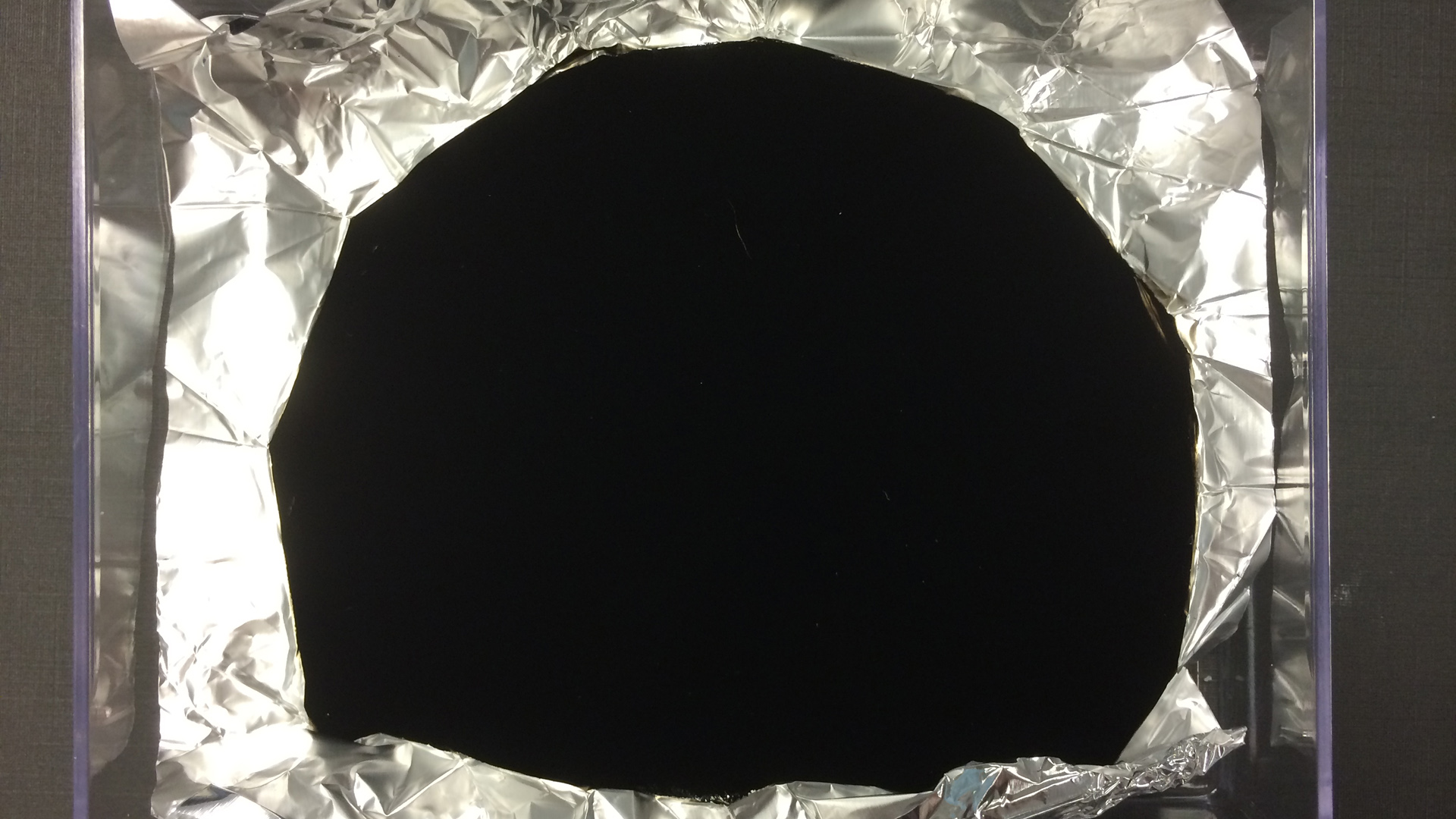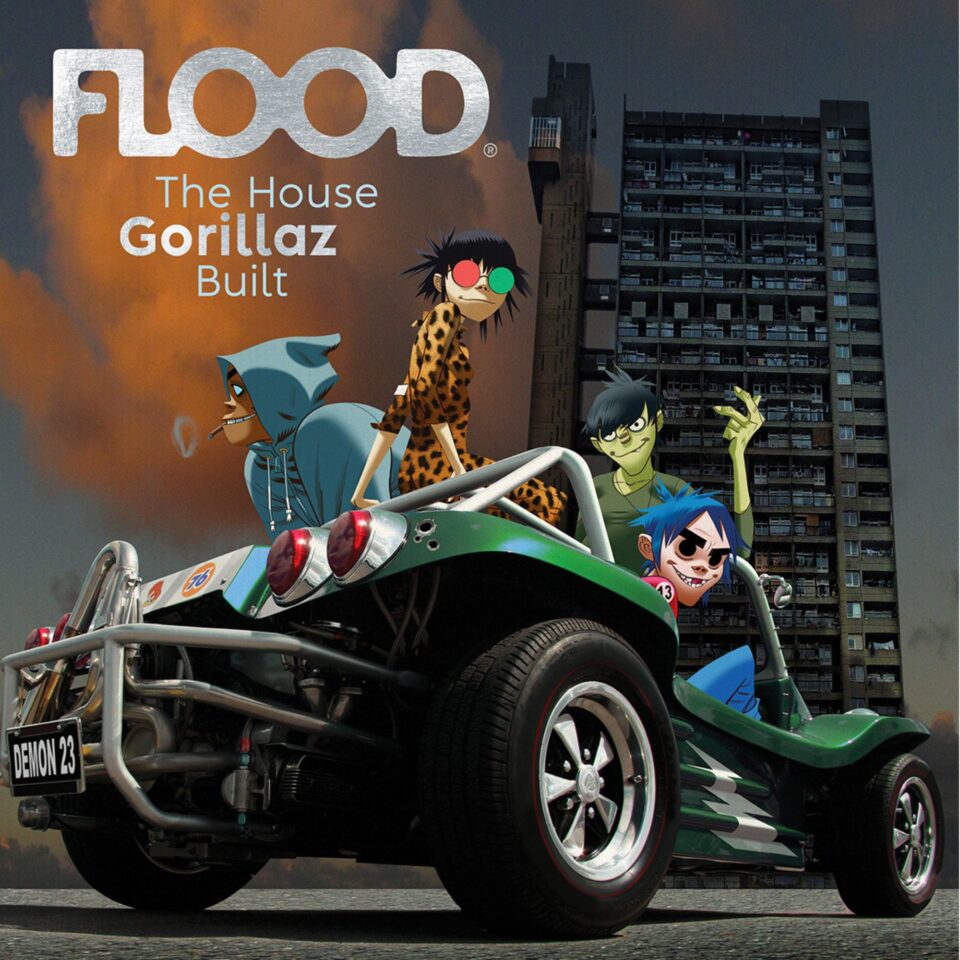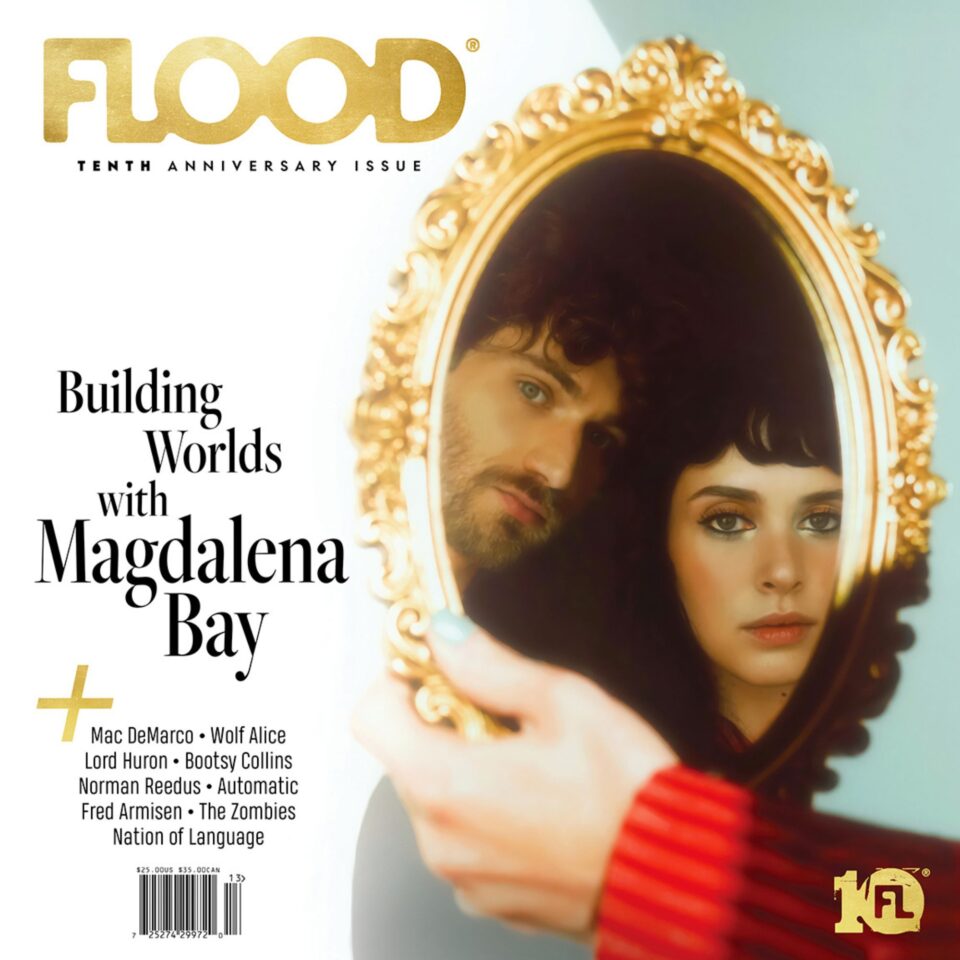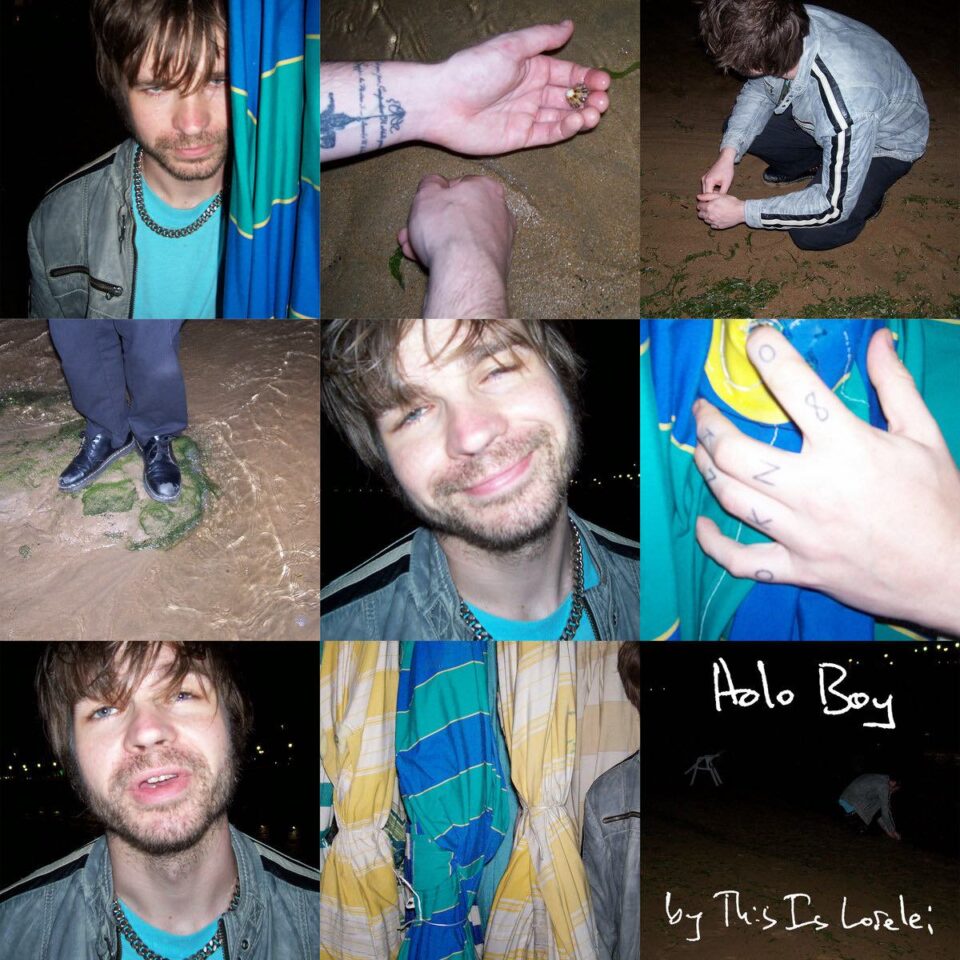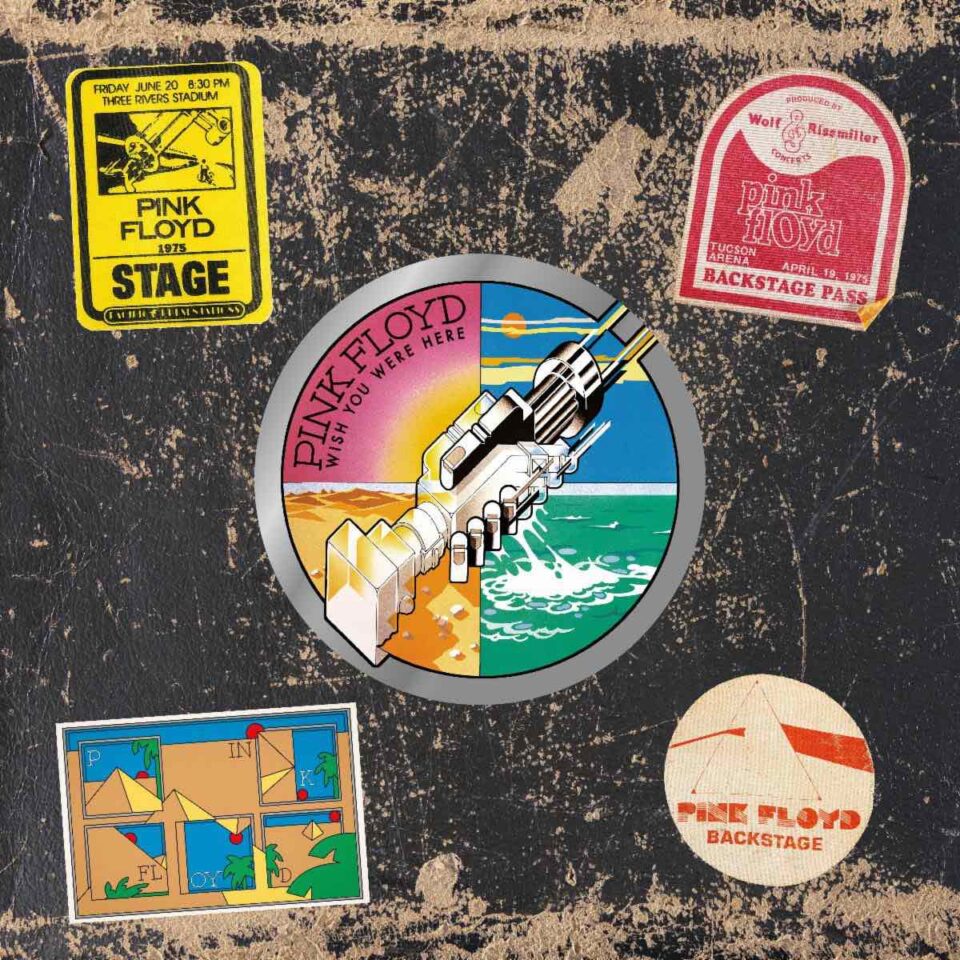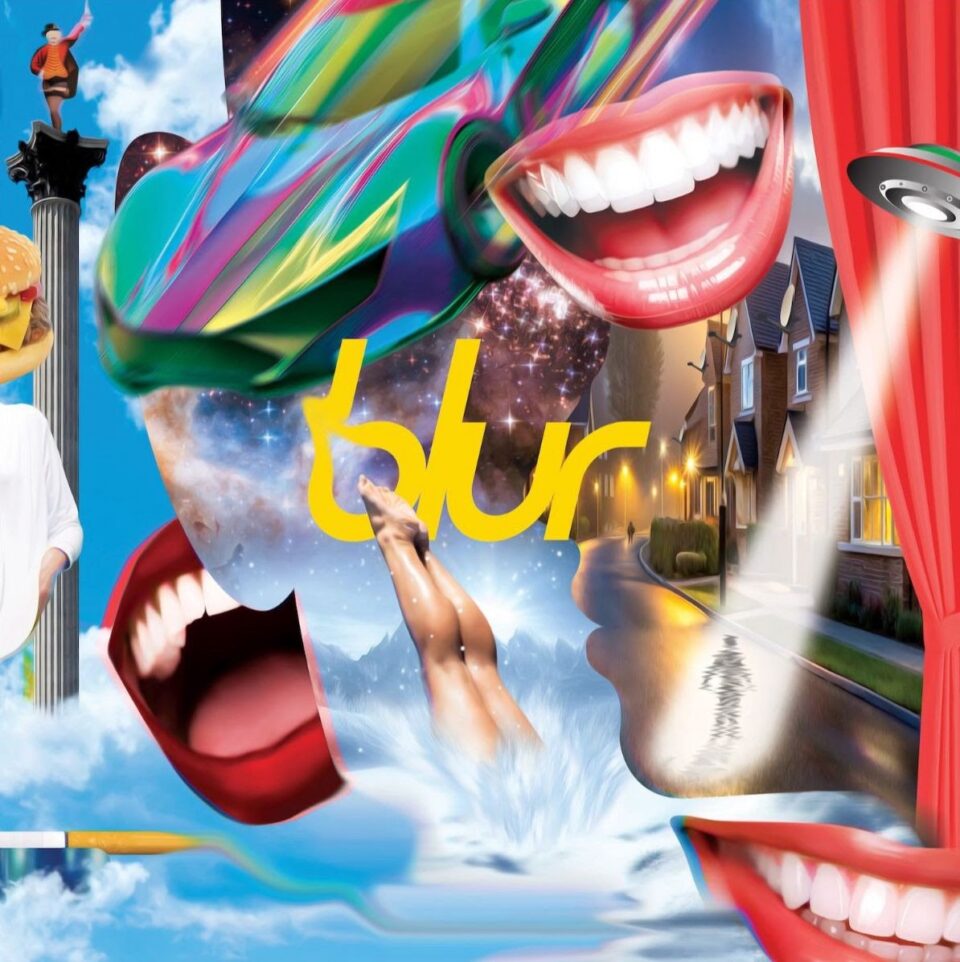Sir Anish Kapoor is a British artist best known for his large-scale public area sculptures that defy gravity and common misconceptions about shape and structure. If you’ve ever taken a photo in front of “the Bean” (Cloud Gate) in Chicago or ventured to London’s Olympic Park to check out the twisted red metal apparatus (ArcelorMittal Orbit), you’ve come in contact with Kapoor’s dynamic artwork.
Now, the multi-award winning artist is adding another unique aspect to his work—exclusive rights to Vantablack. Created back in 2014 by scientists at Surrey NanoSystems, Vantablack is officially the darkest pigment on the planet and the closest thing artists will ever be able to get to the actual absence of light. Kapoor has been interested in, and working with, the substance since its creation and is very aware of its individual visual power:
The nanostructure of Vantablack is so small that it virtually has no materiality. It’s thinner than a coat of paint and rests on the liminal edge between an imagined thing and an actual one. It’s a physical thing that you cannot see, giving it a transcendent or even transcendental dimension, which I think is very compelling.
Kapoor is right in mentioning that Vantablack’s appearance is very compelling. It’s so compelling, in fact, that other artists are clamoring to be able to use said material. Fellow British artist Christian Furr is incensed by Kapoor’s exclusivity rights:
I’ve never heard of an artist monopolizing a material. Using pure black in an artwork grounds it. All the best artists have had a thing for pure black – Turner, Manet, Goya. This black is like dynamite in the art world. We should be able to use it. It isn’t right that it belongs to one man.
While Kapoor’s exclusivity over the pigment is concerning for many in the art world, one can’t help to think about how he’ll use Vantablack in the future. The thin material is a marvel that “creates an abyss free of creases that many have compared to a black hole.”
Watch a dramatized clip about artists discussing the merits of having a material that is “none more black” below.
(via Hyperallergic)

